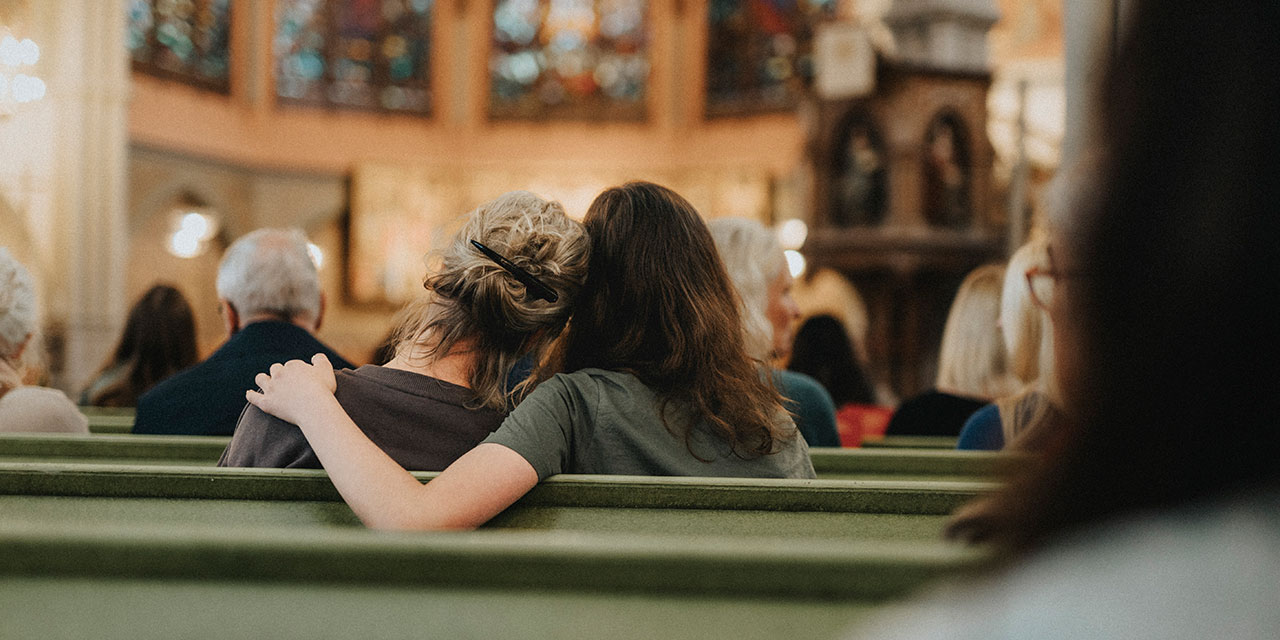The concept of mystery is central to the Catholic faith—and to art and storytelling, too. But a good mystery needs hints of a potential resolution to enthrall. The problem with Padre Pio, a new film directed by Abel Ferrara, is an intentional opacity—particularly between two competing storylines—that never resolves, ultimately wasting the audience’s attentiveness.
The movie tells the story of Padre Pio, an Italian mystic and Franciscan Capuchin friar in the Apulia region in the early twentieth century. The true story of the saint’s life, as reported through biographies and Vatican investigations, is full of dramatic material of a kind that could put even the most jaded HBO subscriber on the edge of his seat. The saint, for example, allegedly received stigmata, bilocated, prophesied, levitated, and read the innermost thoughts of men and women, all while two world wars raged around him. Surely, there’s adequate material here for a knockout cinematic experience.
But Ferrara skips over these riveting mysteries, opting to focus instead on a hackneyed counterplot about a socialist revolution in Pio’s small town—as if the story of a young leftist activist is somehow novel for an audience living in the era of Greta Thunberg, Colin Kaepernick, and the like. Worse, Ferrara never connects the two plots, leaving the viewer feeling like the victim of an exploitative non sequitur.
The brightest part of the movie, contrary to the #MeToo-informed criticism of the film from the New York Times, is Shia LaBoeuf’s performance as the title character, which, while bumpy at times, is warm and sincere. At one point, Pio counsels a peasant couple who have lost their two young sons to war, offering a compelling metaphor about needlepoint. When viewed from below, as from the perspective of a child who lies on his mother’s lap as she sews, the product seems messy and knotted. But when seen from above, as from the lofty heights of prayer, the beauty of the design becomes apparent, justifying the toil and care that went into making it. There’s a lesson here about the spiritual fruit of suffering.
At another point, LaBoeuf vents to a fellow friar about his own spiritual dryness. Others who have gone on to sainthood, such as Mother Teresa, have testified to similar experiences: a life of holiness isn’t always visions and ecstasies, and sometimes seedlings of great faith must be carefully and laboriously tended in profound aridity. We get glimpses of the spiritual payoff of such faith in a eucharistic consecration scene, which LaBoeuf acts with great tenderness, and in the scene in which he receives the stigmata, which Ferrara presents in a way that is both creative and moving.
That saints sometimes perform heroic acts of charity and healing while lost in their own spiritual desolation is fertile ground that LaBoeuf has the acting range to explore, if only the script would have let him. What the film offers instead is a series of detached, sepia-toned vignettes that—unlike, say, Ernest Hemingway’s numinous short stories from the same era and country—fail to cohere into a meaningful whole.
Photo by Ivan Romano/Getty Images





